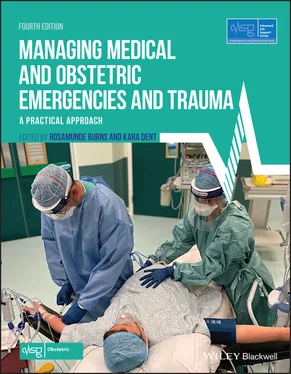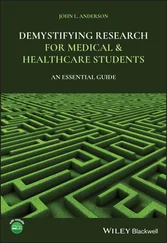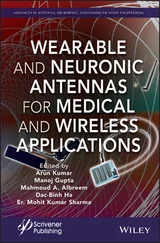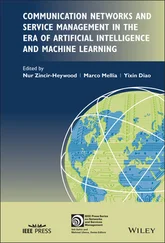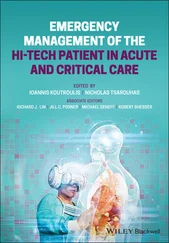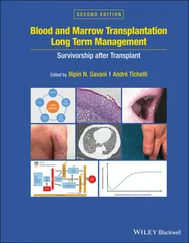Deaths from cardiac disease have been rising and this is now the leading cause of maternal death in the UK, with approximately 50 deaths in each triennium. In 2015–2017 only four were due to congenital heart disease. The leading causes were sudden adult death syndrome, myocardial infarction, dissection of the thoracic aorta and myocardial disease (including cardiomyopathies). Only a quarter of women who died from heart disease were known to have cardiac problems prior to pregnancy, and symptoms such as breathlessness were frequently misattributed to pregnancy. A third of the women who died from cardiac disease had a BMI of 30 or more. The main learning point from all these cases was that there must be a low threshold for investigation of pregnant or recently delivered women who complain of chest pain or breathlessness, especially if they have risk factors such as hypertension. Women with cardiac disease should be cared for by obstetricians, cardiologists and obstetric anaesthetists in a coordinated fashion, with combined clinics being the gold standard.
Mental health disorders are common in pregnancy and after delivery. However suicide, which causes the most deaths overall, most commonly occurs between 6 weeks and 1 year after delivery and because they occur more than 42 days after delivery are missed by the standard definition of maternal death. Suicide is usually by violent means. Most women who die by suicide have a history of an affective disorder, which has a high risk of recurrence after delivery. Previous psychiatric history must be identified in early pregnancy and the risk managed proactively. Psychiatric deaths were last analysed in the 2018 MBRRACE‐UK report. This highlighted the huge variations in provision of mental health services around the UK and Ireland and the importance of ‘red flag’ symptoms such as new thoughts or acts of violent self‐harm.
Of the many other causes of indirect death, the leading category is central nervous system disease, including epilepsy, where women may stop taking their medication when they become pregnant. All medical diseases in pregnancy need careful supervision because of the effects of the disease on the pregnant woman and the effects of the pregnancy on the disease. This responsibility tends to be shared between the GP, midwife, obstetrician and physician, and they often work in isolation without appreciation of the full clinical picture and risks. Good communication among carers is essential, and if it cannot be done in joint clinics, there should at least be telephone discussions with a documented outcome. Communication should not be left to the patient or her handheld notes.
The most common causes of coincidental death are road traffic accidents and murder. The 2006–2008 report recommended that all pregnant women should be advised to wear a three‐point seat belt in a motor vehicle and the 2014–2016 report again recommended that routine enquiry about domestic abuse should be made at booking or during pregnancy. All women should be seen alone at least once in pregnancy. If an injury, like a black eye, is noticed, staff should ask sympathetically – but directly – how it was caused and should be prepared to offer support. All women who were murdered between 2014 and 2016 were murdered by a partner or former partner, and the rapid report into SARS‐CoV‐2‐associated deaths also noted two deaths due to domestic violence. It remains important that women are given the opportunity to disclose domestic abuse, and that they are appropriately referred for support if they do.
The CEMD assessors try to be realistic when assessing the quality of care, and now focus attention on whether improvements in care could have been expected to affect the outcome, rather than grading care as substandard. The proportion of deaths where improvements in care could reasonably have been expected to affect outcome was 51% in the 2020 report, while 29% were considered to have good care. The main shortcomings remain: lack of clinical knowledge and failure to recognise high‐risk clinical signs, and failure to identify very sick women with failure to escalate to senior support or sufficiently rapidly to other specialists.
In recent years, hospitals have undertaken their own investigations of ‘serious untoward incidents’ and these reports have been made available to the CEMD. The quality of these reports has been highly variable and a previous report commented that some were, ‘Not worth the paper they were written on and a few [were] actually whitewashes or cover‐ups for unacceptable situations.’ Learning lessons from maternal deaths is not easy when they occur in your own hospital. MBRRACE‐UK has made specific recommendations about these local reviews since 2015, including the recommendation that there are external panel members to ensure local review is robust and lessons are learned.
2.9 The international dimension
There are over 300 000 maternal deaths annually worldwide, of which 99% are in developing countries. The leading causes are shown in Table 2.5.
Table 2.5 Causes of maternal deaths worldwide
Source : Data from Maternal mortality, 2015, World Health Organization. https://data.unicef.org/topic/maternal‐health/maternal‐mortality/
| Cause |
Percentage (%) |
| Haemorrhage |
27 |
| Sepsis |
11 |
| Unsafe abortion |
8 |
| Pre‐eclampsia/eclampsia |
14 |
| Embolism |
3 |
| Other direct causes |
10 |
| Indirect causes |
28 |
The underlying problems include: lack of access to contraception, lack of primary care or transport facilities and inadequate equipment and staffing in district hospitals. The United Nations has made the reduction of maternal mortality one of its Millennium Development Goals. The worldwide proportion of births with a trained attendant has risen to 61%, but much remains to be done.
The UK Confidential Enquiries are globally respected as an example of good practice and several countries – for example South Africa, Moldova and Kazakhstan – have set up their own enquiries adapted from the UK model.
The common assumption that safe childbirth is a side effect of national prosperity is wrong: with prosperity we see increasing numbers of women with co‐morbidities, an increase in age of the pregnant population, and most notably an increase in obesity. While complications such as thrombosis can often be prevented, this is not always the case. Other pathology such as haemorrhage (which can sometimes be prevented or minimised by prompt recognition and timely intervention) can still be catastrophic, and conditions such as pre‐eclampsia cannot be prevented completely. In all these, and many more situations, prompt and effective treatment is saving lives routinely on a daily basis throughout the UK. When a death does occur, the public expects exhaustive analysis: sometimes this reinforces old lessons, but often new lessons emerge. One conclusion is clear from reviewing CEMD reports from the past 60 years: when vigilance is relaxed, people die.
1 Knight M, Bunch K, Cairns A, et al. (eds), on behalf of MBRRACE‐UK. Saving Lives, Improving Mothers’ Care Rapid Report: Learning from SARS‐CoV‐2‐related and Associated Maternal Deaths in the UK March–May 2020. Oxford: National Perinatal Epidemiology Unit, University of Oxford, 2020.
Читать дальше
